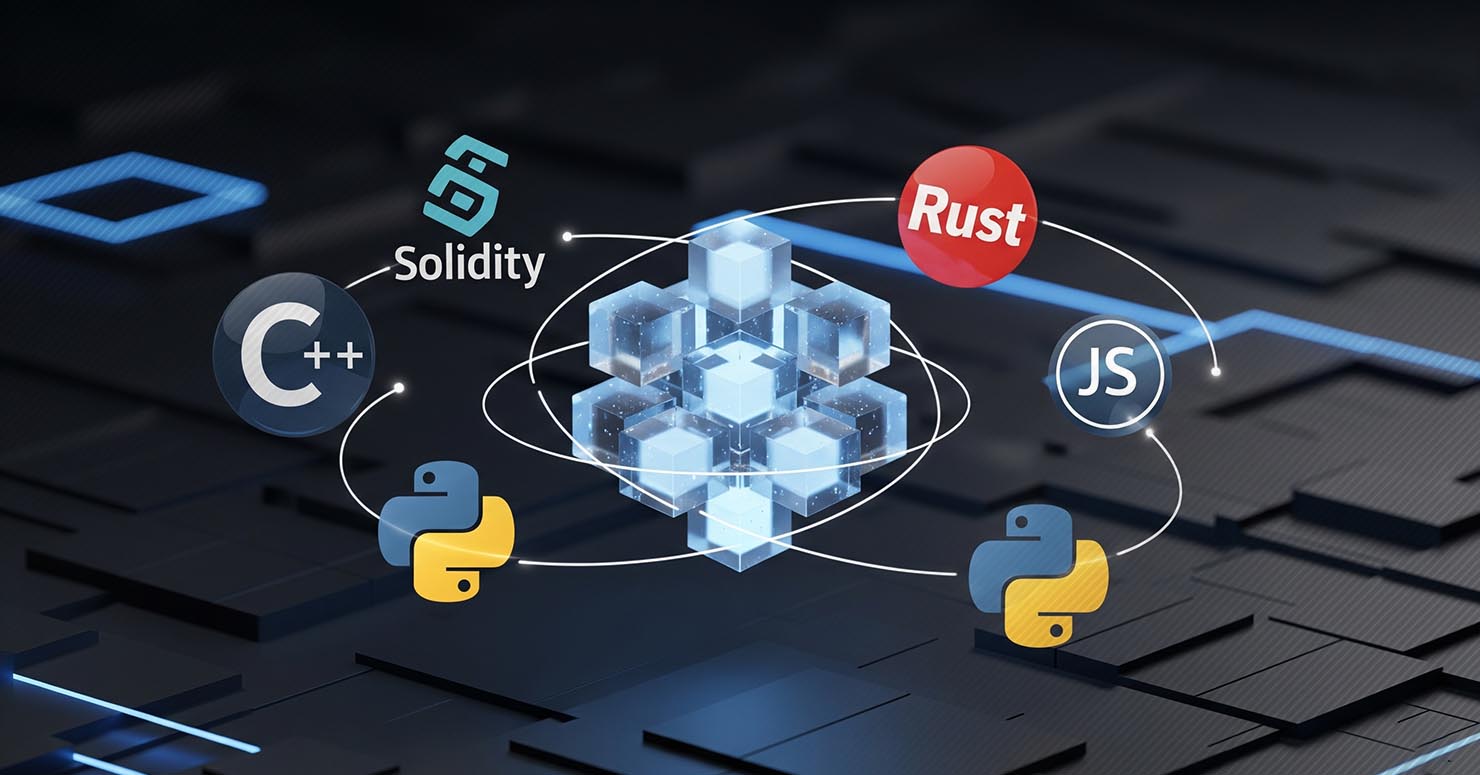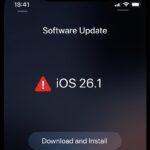Web3, the next evolution of the internet, is rapidly moving from a niche concept to a mainstream reality. Built on the principles of decentralization, blockchain technology, and user ownership, this new digital frontier is creating a massive demand for skilled developers. But where do you start? Choosing the right tool for the job is critical, and in this new world, your programming language is your most important tool. This guide will break down the top 5 programming languages for Web3 development, explaining what each is best for and why it’s in demand.
Whether you’re an experienced developer looking to pivot or a newcomer fascinated by the world of blockchain and decentralized applications (dApps), understanding this landscape is the first step. While the field is constantly evolving, a few key languages have emerged as the essential building blocks of the decentralized web.
This article provides a clear, no-nonsense guide to the five most important languages you need to know for a successful career in Web3 development.
1. Solidity: The King of Smart Contracts
If you want to work on Ethereum or other EVM-compatible blockchains (like Polygon, Avalanche, or Binance Smart Chain), learning Solidity is non-negotiable. It is, by a huge margin, the most popular and widely used language for writing smart contracts.
- What it is: Solidity is a high-level, contract-oriented programming language created specifically for the Ethereum Virtual Machine (EVM). Its syntax is heavily influenced by C++, Python, and JavaScript, making it relatively familiar to experienced developers.
- Why it’s essential: The vast majority of dApps, DeFi protocols, and NFT projects are built using Solidity smart contracts. It is the de facto standard, with a massive ecosystem of developer tools, tutorials, and a huge community.
- Best for: Anyone serious about a career in on-chain development, especially on Ethereum.
You can find the official documentation and start learning at the Solidity website.
2. JavaScript: The Bridge to the Frontend
While Solidity handles the “on-chain” logic (the smart contracts), you still need a way for users to interact with your dApp through a web browser. That’s where JavaScript comes in. It is the language of the web and the essential bridge between your users and the blockchain.
- What it is: The world’s most popular programming language, used for building the frontend of virtually all modern websites and web applications.
- Why it’s essential: You’ll use JavaScript libraries like Ethers.js or Web3.js to communicate with the Ethereum blockchain from your web app. These libraries allow your frontend to read data from smart contracts and prompt users to sign transactions using their wallets (like MetaMask).
- Best for: All Web3 developers, as nearly every dApp has a web-based user interface.
3. Rust: The Future of High-Performance Blockchains
While Solidity rules Ethereum, a new contender has emerged for the next generation of high-performance blockchains: Rust. It is the primary language for blockchains like Solana, Polkadot, and Near.
- What it is: A modern programming language focused on performance, safety, and concurrency. Rust gives developers low-level control similar to C++ but with much stronger safety guarantees to prevent common bugs.
- Why it’s a top choice: Its focus on memory safety and performance makes it ideal for building fast and secure blockchains from the ground up. As the blockchain world looks for alternatives to Ethereum’s high gas fees and slower transaction times, blockchains built with Rust are gaining immense popularity.
- Best for: Developers interested in building on next-generation, high-speed blockchains like Solana or contributing to the core infrastructure of the Web3 ecosystem.
4. Python: The Versatile All-Rounder
Python may not be the primary language for writing smart contracts on major platforms, but its versatility and ease of use have made it an indispensable tool in the Web3 developer’s toolkit.
- What it is: A high-level, general-purpose programming language known for its simple syntax and powerful libraries.
- Why it’s useful: Python is widely used for off-chain tasks, such as:
- Prototyping and Testing: Quickly building and testing smart contract logic before deploying it in Solidity or Rust.
- Data Analytics: Analyzing blockchain data to track transactions or monitor DeFi protocols.
- Scripts and Automation: Writing scripts to interact with blockchains or automate tasks.
- Best for: Data scientists, backend developers, and anyone who needs to quickly build tools and analyze data in the Web3 space.
5. C++: The Bedrock of Bitcoin
While it may not be the trendiest language for new dApp development, C++ remains one of the most important languages in the blockchain world for one simple reason: it’s the language that Bitcoin was written in.
- What it is: A powerful, high-performance programming language that has been a cornerstone of software development for decades.
- Why it’s important: Understanding C++ is essential for anyone who wants to work on the core protocol of Bitcoin or other major blockchains that were built with it, like EOS. Its low-level memory management provides the granular control needed to build highly efficient and secure blockchain infrastructure.
- Best for: Developers interested in core blockchain protocol development, cryptography, and high-performance systems.
Frequently Asked Questions (FAQ)
1. Which is the best language to learn first for Web3?
For most aspiring developers, the best path is to learn Solidity for smart contracts and JavaScript for building the user interface. This combination will allow you to build complete dApps on Ethereum and the majority of other popular blockchains.
2. Is Web3 development harder than traditional web development (Web2)?
It can be. Web3 development introduces new concepts like smart contracts, gas fees, and blockchain security, which have a steep learning curve. However, the core principles of software development are the same.
3. What is a “smart contract”?
A smart contract is a self-executing contract with the terms of the agreement directly written into code. They run on a blockchain, and their transactions are trackable and irreversible.
4. Do I need to understand artificial intelligence for Web3?
While not strictly required, understanding what is artificial intelligence is becoming increasingly beneficial. AI is being used in Web3 for things like smart contract auditing, fraud detection, and creating more intelligent dApps.








